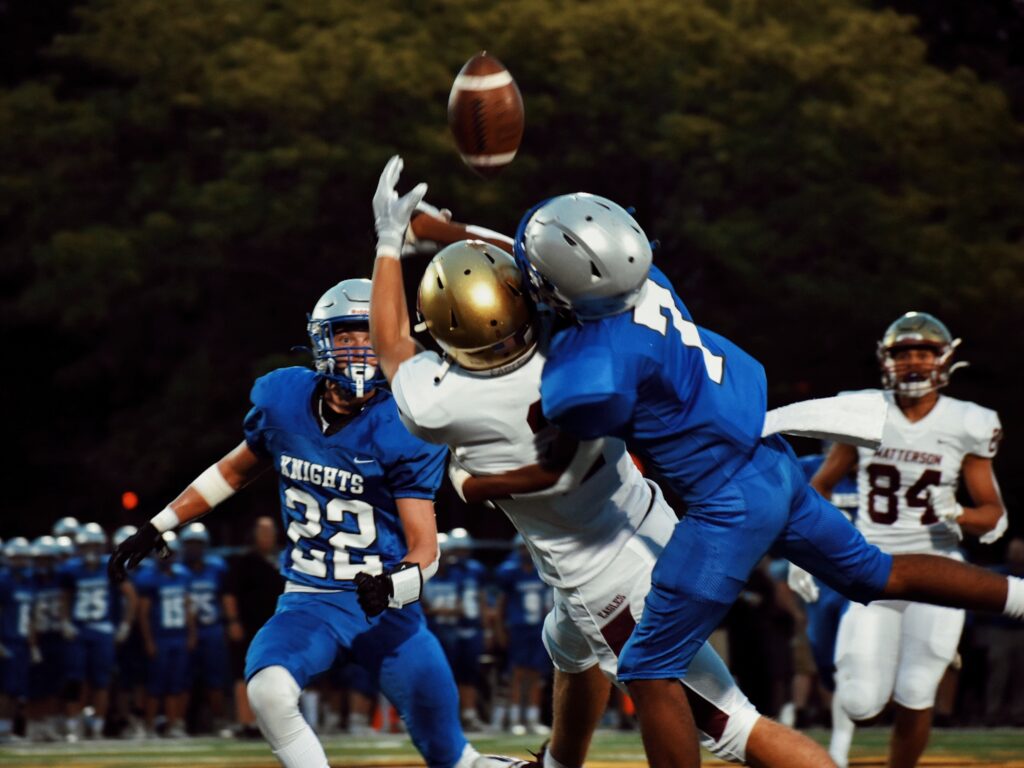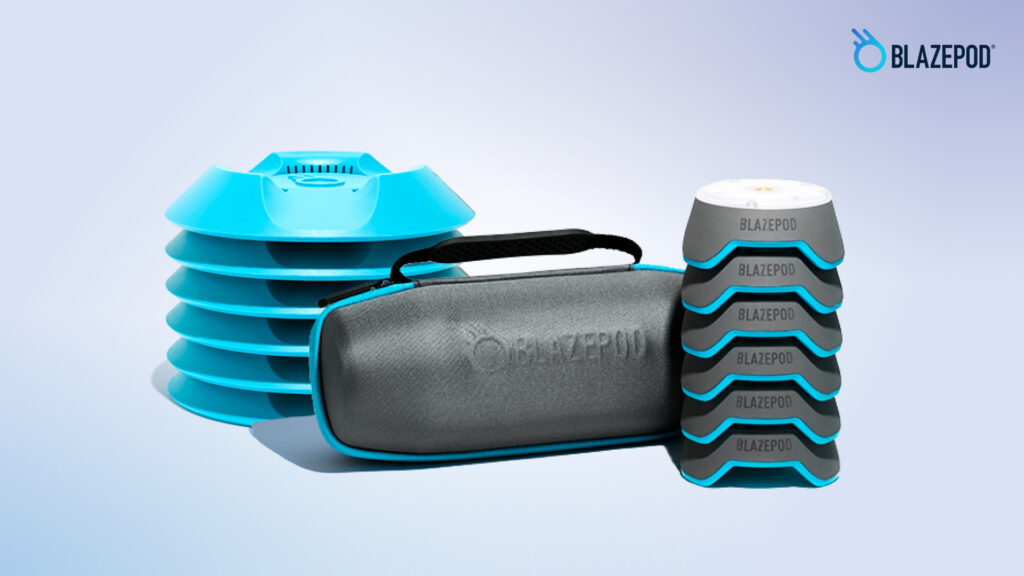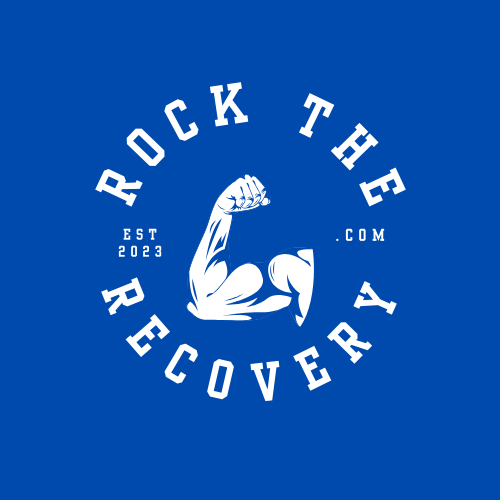Postural issues are causing most of the commonly treated pathologies that Therapists treat each year. Yep, I said it. One might assume it is back pain, hip fractures, balance, ACL tear; it’s none of these. This may be surprising to you, but ultimately postural changes will often predispose you to the myriad of different issues that you walk into the clinic for. Posture abnormalities come from a change in the skeleton’s general position relative to its “normal” position. In most cases the change in posture can be causing the problem. It can also be in response to the problem, and adding more complication or secondary issues. In either situation posture needs to be addressed.
Sit Up Straight!
Now, I think any newbie PT can make the connection between kyphosis, and rounded shoulders to, let’s say, treating a shoulder impingement. In fact, I bet you can name off a list of other patient complaints that stem from the same issue. For instance, TMJ, suboccipital headaches, outlet syndrome, and a host of cervical and thoracic pathologies. It can affect breathing, so is it then hard to state this as a factor for pneumonia? What about a chronic rounded shoulder? Could that stretch out the anterior joint capsule, and by doing so increase the risk for anterior dislocation?

You are maybe at this point in the article starting to see my point. Posture leads to or is a significant factor in causing many of our diagnoses. In the last example let’s dive deeper. Your humerus is sitting forward and internally rotated in the joint. This has compromised the anterior portion of your joint capsule over the years lengthening it and tightening the posterior. The scapula sits typically more in an outwardly rotated position, changing the angle of the glenohumeral joint. Your pec and anterior delt are not very well positioned to help you, as they are more so distally attached on the humeral shaft. The subscapularis is your primary muscular protection, but this muscle has been chronically shortened and weakened. As discussed, the anterior capsule cannot help you. Now your patient is in the big game and a tackle goes amiss. Our athlete’s arm is quickly stretched into ABD/ER and Hor Abd. Ouch.
2, 4, 6, 8!
On the sidelines of this big high school football game is a crying cheerleader. She’s upset as her boyfriend just had a season ending shoulder injury. But really what she is really thinking about is the stabbing pain she has in her right foot. She went to an outpatient PT a couple months ago for it. There, described the pain as shooting pain down her leg into her foot. She also told the PT she had an increasing ache in her back.
The PT who did a long exam focused his evaluation on the fact that the patient has a scoliotic spine (great catch PT!) and came to the conclusion that she was having radicular pain coming from her scoliosis. After weeks of Therapy the pain in her back improved slightly but the pain in her foot (primary issue) was not any better. She is coming to see you tomorrow for a second opinion, any ideas? What would you look at? What more info do you want to know?

It turns out that when you performed your evaluation, you noted that the pain in her leg was on the medial portion of the lower leg, and she reports that as intermittent. With further investigation you learned that her chief complaint is actually a stabbing pain in her plantar fascia during activities like cheerleading or gymnastics. Since she’s obviously opening up more with you, she tells you that she broke her left (contralateral) leg in a “freak gymnastics injury”. Her parent puts down their phone long enough to tell you that she broke her growth plate in her tibia when she was 15.
Your Examination Findings:
During your objective findings you spend a great deal of time doing a postural exam. You note a pelvic asymmetry, scoliosis, she feels better when her right knee is slightly flexed, and there’s noted pes planus on the right foot only. In sitting her pelvis is rotated but you also note that her left knee is sitting lower than the right. In supine true leg length shows a nearly 2 cm shorter tibia on the left.
You have her stand and place a 1” block under her left foot. With a few more tactile cues her posture looks significantly more symmetrical. She states, “this feels right somehow.” Once you’ve gotten her the appropriate raised shoe for her left foot, and with Therapy, her tibialis posterior, and plantar fascial pain are eliminated. Even her spinal pain goes away.
Uh Oh:
On her last treatment (great job you knocked it out of the park!) you notice that her grandma who had brought her to every one of her treatment sessions didn’t come today. You mention this and your patient tells you she had a fall and broke her hip! That’s when you have this knot in your gut. You had been meaning to speak to the grandma, but the opportunity just never seemed to present itself. Grandma used a cane to get around, but you overheard her tell her granddaughter that her right hip was bothering her “more than usual.” You noted that she was leaning to the left heavily favoring her right hip to the point where she was appearing to have lateral spinal deformities. Her gait was very antalgic and asymmetric.

You turn to your patient and ask which hip did she break? “Her left why?” You respond with “just curious.” She didn’t fall toward her bad hip like you might assume. She ended up falling to the left due to the postural lean tipping her off balance. Her already overworked left leg eventually had too much and down she went.
Wrap up:
You probably feel like you messed up but don’t worry! Grandma made a full recovery. A few years later the now pro NFL linebacker ended up marrying the cheerleader and grandma danced at the wedding! All thanks to the fact that they all came to YOU for their recoveries!
Postural assessment, and a deeper dive into a thorough evaluation of your patients can provide greater outcomes and improved recovery times. Your patient’s body is an expert at compensating, avoiding and preventing what it needs to be successful. These changes in their posture can be clues when observed appropriately. I hope these hypothetical situations have inspired you to make sure to take a deep dive into posture!
Check us out on Facebook and follow us for updates when new articles arrive!

